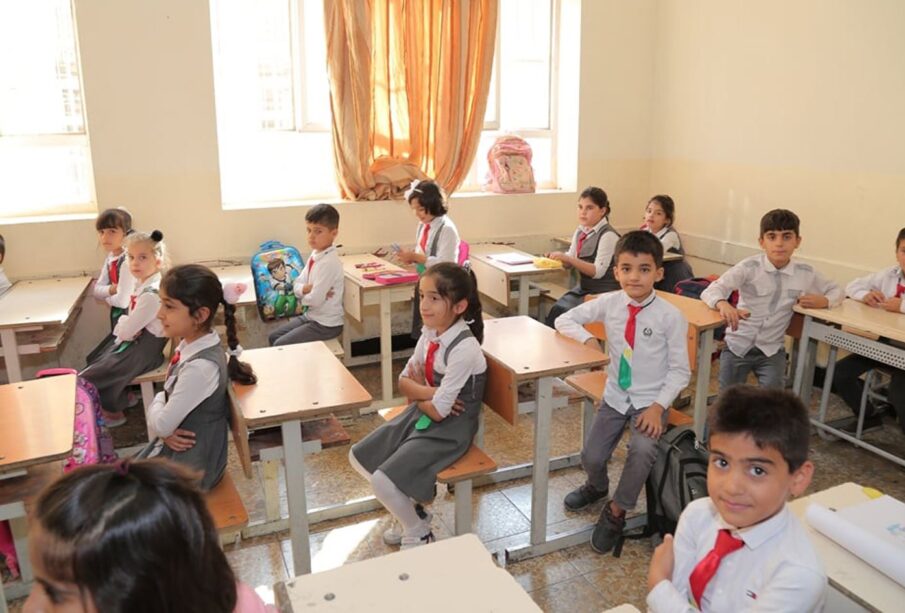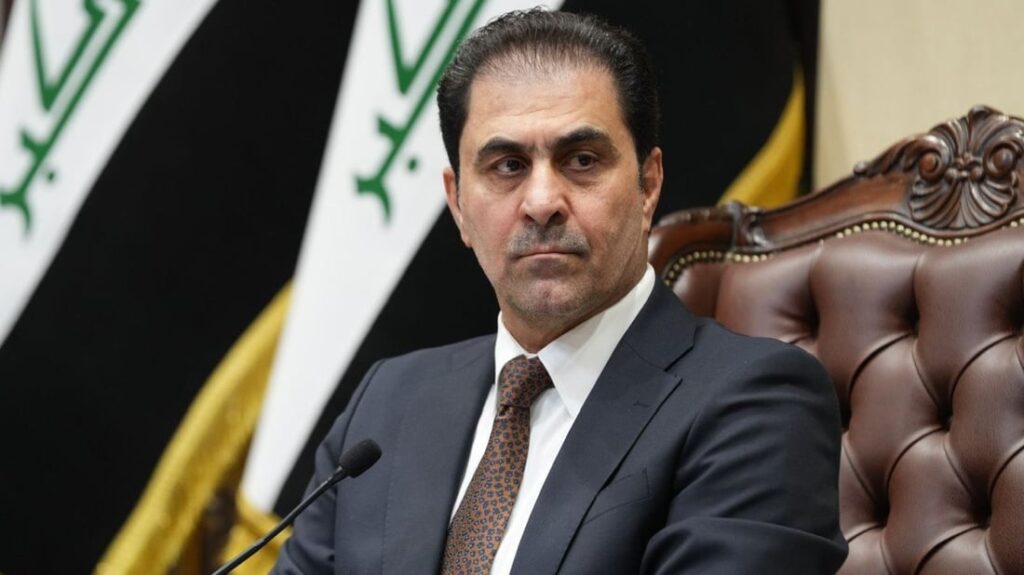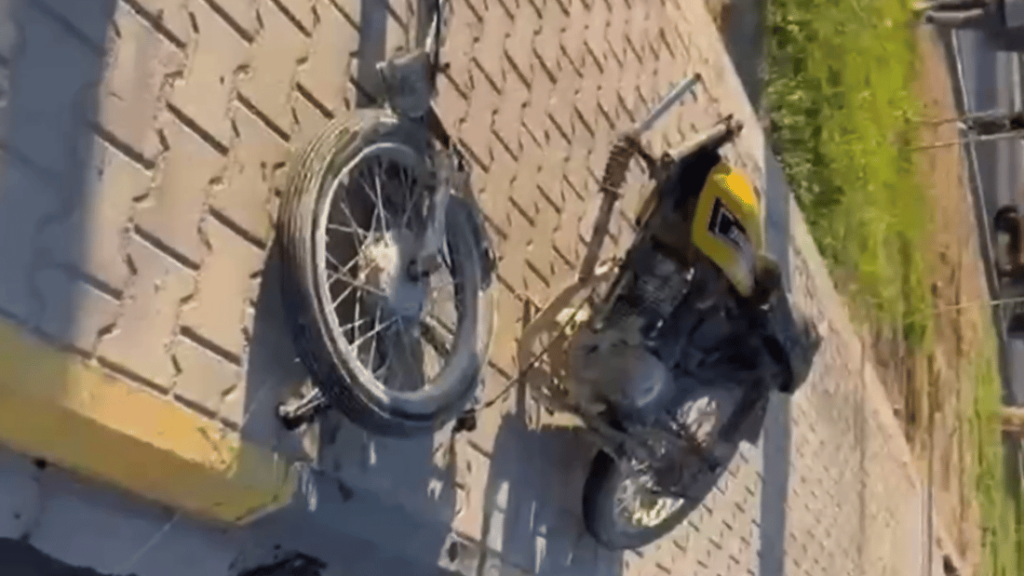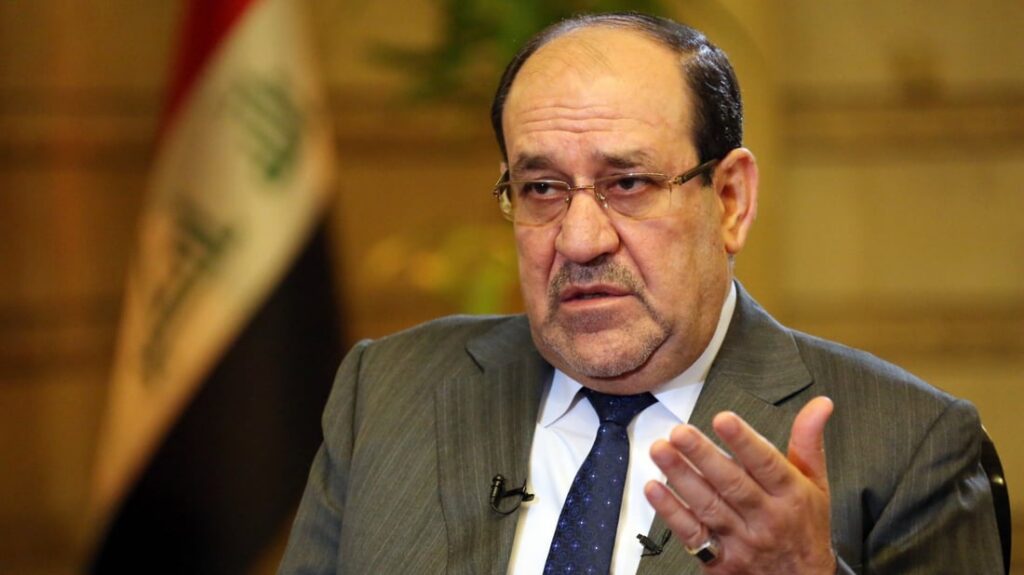Iraq: The gendered effects on employment of explosive weapons - Iraq – a case study

By Lydia Day
The use of explosive weapons in Iraq has had far-reaching and devastating consequences. In March 2017, the US conducted a series of airstrikes across Mosul, killing and injuring hundreds of civilians. Nine members of one family were killed in the attacks, including children. Survivors watched Iraqi civil defence workers pull bodies from the rubble of their neighbours' houses. Such scenes were an appallingly regular occurrence in Iraq since the US-led invasion began in 2003.
According to Iraq Body Count, there have been between 184,089 and 206,793 civilian deaths from explosive weapons from 2003 to 2017. Between 2011 and 2018, Action on Armed Violence (AOAV) recorded 71,231 deaths and injuries from explosive violence from English-language media, of which 78% (55,444) were civilians.
The devastation and impact of explosive weapons use in Iraq, however, reverberates far beyond the casualties. The war in Iraq, and the rise of ISIS, have had a significant impact on Iraqi society, from the damage to healthcare infrastructure, mass displacement, and the education system. Such reverberating effects, however, are experienced differently depending on demographic factors. Of these, gender plays a significant role. This article takes one of these reverberating effects, employment, to examine the connection between explosive weapons and gender.
Explosive weapons and the make-up of households
In discussions of gender in Iraq by the UN and NGOs such as Oxfam, employment is often at the forefront of the debate. These discussions are especially important given how conflict, and particularly explosive weapons, has impacted households in Iraq. Research conducted by UN Women and Oxfam found that in ISIS affected communities in Iraq, some women believed that men were especially vulnerable to being injured or killed. In ISIS held territories, this may be due to the decreased presence of women in public space and prohibition of women's free movement. However, more generally, an examination of casualty datasets by AOAV demonstrates that the data predominantly indicates that men make up the highest proportion of explosive weapons casualties.
The impact of high levels of male casualties in Iraq has been severe. According to the United Nations Assistance Mission for Iraq (UNAMI), 10% of Iraqi households have lost their husbands or fathers due to the conflict. 80% of these female heads of households are widows, separated, or looking after an unwell spouse. These figures are traditionally the main source of income for families. Households with a female main income provider have been highlighted by UNAMI as one of the country's most vulnerable groups. They experience higher levels of poverty, lower amounts of income, increased social marginalisation, and food insecurity amongst other indicators.
Barriers to women's employment
The Overseas Development Institute found that in Iraq, women spend on average 10.5 weeks per year more than men doing unpaid and unrecognised work. This typically includes childcare responsibilities, cooking, shopping, and looking after the home. UN Women and Oxfam found that the amount of time women spend doing unpaid labour increases when they are displaced --- another major impact of explosive weapons. This places an even greater burden on female main income providers and is a major factor in preventing women from accessing employment.
Another major barrier to women participating in the labour market in Iraq are social norms about women in the public space. Interviewees who spoke to UN Women and Oxfam report that across Iraq, women are discouraged by husbands, family, and local communities from frequently leaving the home, especially to travel to work. Women who have lost husbands in conflict may continue to face this pressure from their family and community. Those interviewed in the Kurdistan Region of Iraq note that, while women in this region felt more able to seek employment, there remained a significant pressure to give up jobs to raise children and rely on the consent of their husbands. These social pressures are heightened by the continued threat to civilians from explosive weapons. According to AOAV, 60% (1,508) of those killed or injured by explosive weapons in Iraq were civilians. Of these civilian casualties, 89% were caused by IEDs. Thus, not only are women socially pressured to not spend their time in the public space, the public space poses a significant danger to them as well.
Gender based violence and employment
The Iraqi government does not collect statistics on workplace sexual harassment, trafficking, or sexual and gender-based violence (SGBV). However, anecdotal evidence, NGO reporting, and media investigations suggest that these are rife in Iraq. Explosive violence and conflict have put a significant strain on households. Oxfam report that in some governorates, such as Anbar, over 60% of women say there has been increased tension in the household (compared to 38% of men) since the rise of ISIS in Iraq. This report disaggregates household tensions by other demographic factors as well. For example, internally displaced persons (IDPs) are more likely to report increased household tensions than those who have remained (53% to 14%) and urban residents were also more likely to note this compared to rural residents (48% to 38%).
Notably, both IDPs and urban residents are significantly more likely to have been affected by explosive weapons, suggesting there is a link between their use and increased household tensions. Reaching Critical Will and the Inter-Agency Standing Committee have both noted that when men are injured by explosive weapons, this can trigger increased household tensions and domestic violence if men feel they cannot provide for their family.
The limited data and research carried out into workplace harassment in Iraq indicates that it is a major problem for women. The Iraqi Women's Journalists Forum published a survey in 2015 which found that 80% of women in Iraq had endured some form of sexual harassment, especially on public transport and in the workplace. For women who become the primary income providers, they therefore face possible additional barriers and burdens from sexual harassment travelling to and from work and at the workplace itself.
The ongoing conflict in Iraq and the lack of employment opportunities has left some women vulnerable to exploitation, especially in sex work. Iraq's penal code criminalises prostitution for the client, 'pimp', and sex worker. It is thought that tens of thousands of women have been imprisoned for prostitution since the conflict began in 2003. These women are often deeply at risk of social isolation, exploitation, and violence. There have been several media reports and NGO investigations into the prevalence of trafficking in Iraq. Women who have been displaced, whose household has broken down, or who are living in poverty as a result of the conflict, are especially vulnerable. Human Rights Watch have reported that, in exchange for money or benefits, widows have been asked to enter into 'pleasure marriages'. This practice involves women being 'married off' to a man for a couple of days and was previously banned. Women who are coerced into these harmful practices also face high levels of social stigma, shaming, and violence as a backlash.
Concluding remarks
The effects of explosive weapons extend far beyond the initial point of impact. As men are disproportionately impacted in casualties, women are likely to become the main income provider for households impacted. Being placed in this position can expose them to more violence, social stigma, and exploitation, making them one of the most vulnerable groups in Iraq. As the conflict in Iraq continues, this pattern of explosive weapons use, greater casualties, and subsequent economic harm perpetuates. While initiatives by the World Bank and NGOs such as CARE International have been set up to empower economically women in Iraq, one of the greatest barriers is perhaps the continuation of the conflict itself.






